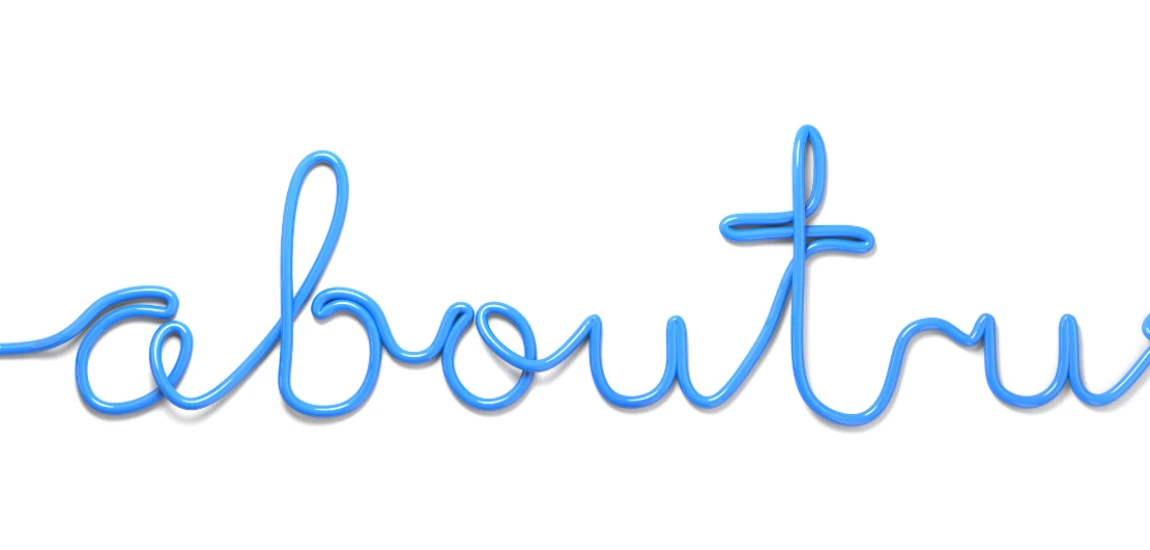From TikTok to the Charts: The Soundtrack of 2025 and What It Reveals About Us

Music has always reflected the times, but the way we discover it has changed dramatically. Not too long ago, finding a new favorite song meant listening to the radio, flipping through CDs at the store, or watching MTV countdowns. The “gatekeepers” of music—the DJs, record labels, and critics—decided what got played and what faded into obscurity. Fast-forward to 2025, and that system has been completely rewritten by one unlikely player: TikTok.
What started as an app for short-form videos has become the most powerful music discovery tool in the world. Its algorithm can turn a 15-second audio clip into a global phenomenon overnight. Instead of music executives determining which songs climb the charts, it’s everyday users—teens in their bedrooms, creators with small followings, or dancers with viral choreography—who push tracks to the top. In many ways, TikTok has become the new radio station, the new MTV, and the new record store all at once.
The soundtrack of 2025 isn’t just about which artists are popular. It reflects how we as a society consume content, express ourselves, and build community in the digital age. The songs we hear on repeat aren’t just catchy—they embody what we crave emotionally, culturally, and socially. Some songs go viral because they’re fun and escapist, others because they’re raw and deeply personal. And in every case, it’s TikTok’s ecosystem of trends, remixes, and memes that shapes what the world is listening to.
As we explore the soundtrack of 2025, we’ll see that it tells a bigger story about us. It reveals how attention spans are shrinking, how genres are blending, how authenticity matters more than polish, and how music is more global and participatory than ever before.
The Viral Formula: How TikTok Shapes Music Discovery
TikTok has turned music discovery upside down. In the past, breaking into the industry required massive budgets for radio play, PR campaigns, and touring. Today, all it takes is the right sound bite at the right moment. A 10-second clip that pairs perfectly with a trend can launch a song from obscurity to the Billboard Hot 100 in days.
The app’s algorithm plays a key role here. Unlike radio stations that prioritize established artists, TikTok promotes content based on engagement. This means an unknown bedroom producer has the same chance of going viral as a global superstar. In fact, some of the biggest songs of 2025 didn’t start with record labels—they started with everyday creators.
Artists are responding by crafting songs with virality in mind. Instead of focusing solely on radio-friendly singles, they’re thinking about “moments” that can trend online. Hooks are punchier, lyrics are more relatable, and intros are designed to grab attention immediately. Many tracks are under three minutes, with a strong 15–30 second section perfect for looping in TikTok videos. This doesn’t mean songs lack depth, but their structure is undeniably influenced by how content is consumed in short bursts.
But TikTok doesn’t just amplify music—it transforms it. When a track goes viral, it often takes on new meanings depending on how users remix it. A romantic ballad might become the background to comedic skits. A hype anthem might get paired with emotional storytelling. In this way, music on TikTok is participatory. The audience doesn’t just listen—they actively shape how the song is perceived.
For the industry, this shift has been both a disruption and an opportunity. Labels now scout talent directly from TikTok, signing artists who’ve already proven they can capture attention. At the same time, the platform has democratized fame. The soundtrack of 2025 is less about corporate influence and more about community-driven discovery, proving that cultural power lies in the hands of everyday listeners.

Genre-Bending and Hybrid Sounds: The Music of a Scroll-First World
If you open TikTok right now, you’re just as likely to hear a country-rap mashup as you are a lo-fi indie ballad or a K-pop dance track. The algorithm doesn’t care about genres—it cares about engagement. This has led to one of the most striking features of the soundtrack of 2025: the rise of genre-bending, hybrid sounds.
TikTok exposes users to a wider variety of music than ever before. In a single scrolling session, someone might encounter an Afrobeat rhythm, a hyperpop remix, and an acoustic folk cover. This diversity encourages experimentation, and artists are responding by blending influences in ways that were once considered risky. A rapper might sample a country guitar riff, a pop star might collaborate with a reggaeton producer, or an EDM track might include jazz-inspired melodies.
This shift reflects how younger listeners categorize music. For Gen Z and Gen Alpha, music is organized less by genre and more by mood or activity. Playlists are labeled “songs to cry to at 2 a.m.” or “summer road trip vibes,” not just “pop” or “rock.” TikTok reinforces this trend by surfacing songs that fit particular emotional or situational contexts, regardless of their traditional category.
Importantly, this genre fluidity has made global sounds more mainstream. Latin trap, Afrobeat, K-pop, and Indian lo-fi tracks often trend alongside Western hits. TikTok doesn’t prioritize English-language songs over others—it promotes whatever resonates, making international hits more accessible. This global exchange is one of the reasons why the 2025 charts are more diverse than ever before.
For artists, the message is clear: don’t box yourself in. Listeners crave novelty, authenticity, and emotion over strict adherence to genres. The most successful songs of 2025 are those that surprise audiences with unexpected blends and reflect the borderless, remix-driven world of TikTok.

What This Music Says About Us in 2025
The soundtrack of 2025 is more than entertainment—it’s a cultural diary. By looking at which songs rise to the top, we can see what audiences value, fear, and crave in this moment.
One of the biggest themes is our shrinking attention spans. With so much content competing for focus, songs are shorter and hooks arrive faster. It’s rare to see a five-minute ballad dominate the charts. Instead, most hits are quick, catchy, and designed for replayability. This reflects the way we consume media more broadly—rapid, bite-sized, and highly shareable.
Another major theme is escapism. After years of economic and political uncertainty, people are gravitating toward songs that make them feel good. Danceable beats, nostalgic samples, and lighthearted lyrics dominate TikTok trends. These tracks provide joy and relief, offering listeners a chance to forget about stress—even for just 30 seconds at a time.
At the same time, vulnerability and raw honesty are thriving. Songs that feel like personal diary entries resonate deeply, especially when paired with TikTok trends like “storytime” videos or emotional montages. This duality—seeking joy while embracing vulnerability—captures the complex emotional landscape of 2025.
Finally, the soundtrack reflects globalization. More hits than ever are crossing borders. A track that goes viral in Nigeria can trend in Los Angeles within hours. This shows that younger audiences are open to embracing music in multiple languages, seeing it as a way to connect rather than a barrier.
In short, the music we love in 2025 reveals that we’re a generation craving both connection and distraction, authenticity and escape, individuality and shared experience.

Tips for Artists Navigating the TikTok Era
For artists, thriving in this environment means more than just uploading music—it requires understanding how TikTok culture works. Here are some strategies for building success in 2025:
Design for Moments: Don’t just write songs—think about the snippets people will latch onto. Is there a lyric that could inspire a meme? A beat drop that works for dance challenges?
Engage With Your Audience: TikTok rewards interaction. Reply to comments, duet fan videos, and encourage trends that use your music. When fans feel involved, they become ambassadors.
Experiment With Genres: Hybrid sounds resonate because they reflect the eclectic tastes of TikTok users. Don’t be afraid to mix influences that wouldn’t traditionally fit.
Tell Stories Beyond the Song: Behind-the-scenes clips, personal anecdotes, and relatable humor help fans connect with artists as people, not just musicians.
Go Global: TikTok’s algorithm isn’t confined to one country. Think about how your music can appeal across borders, whether through universal themes, visuals, or collaborations.
The artists who succeed in 2025 are those who balance virality with depth. It’s not about chasing every trend, but about creating music that feels authentic while also being adaptable to TikTok’s participatory culture.

The Double-Edged Sword of Virality
While TikTok has democratized fame, virality comes with risks. Many artists have experienced the “one-hit wonder” effect, where a single viral track explodes but fails to translate into long-term success. The challenge is sustaining momentum once the trend fades.
Virality can also distort how music is consumed. Listeners may only engage with 15 seconds of a song without ever hearing the full track. This raises concerns about whether TikTok-driven hits will have the same cultural longevity as classic albums or timeless anthems. Are we creating songs that define eras, or just fleeting soundbites?
For artists, the solution lies in building beyond the viral moment. Those who turn TikTok success into full albums, live tours, and strong personal branding are more likely to endure. For listeners, it’s about supporting artists not just when their song trends but also when they release deeper projects.
This double-edged nature of virality reflects the paradox of the digital age: fame has never been more accessible, but it’s also never been more fragile.




